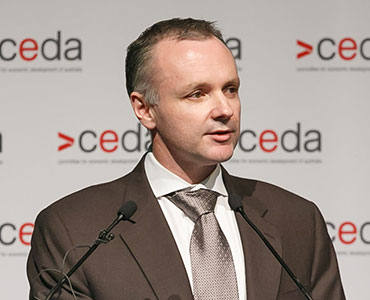Most commodity prices have fallen from their record high peaks, a CEDA audience heard in Perth.

At the WA Annual Resources Overview event, Rio Tinto Iron Ore Chief Executive Officer, Andrew Harding, said iron ore prices declined over the first half of the year.
“An increase in seaborne supply has placed downward pressure on price this year. In September, iron ore prices fell below $80 per tonne, which is about 40 per cent lower than prices at the end of last year. The decline in prices invariably places pressure on high-cost producers,” Mr Harding said.
“It is likely we will continue to see significant volatility (in prices) before the market finds a new equilibrium.”
On nickel prices, Panoramic Resources Managing Director, Peter Harold, said: “There’s been a lot of nickel coming out of Indonesia and the Philippines … that’s meant there has been more nickel than anticipated and that’s why the price dropped.”
However, the implementation of the Indonesian ore export ban on 12 January 2014 resulted in a 50 per cent price rally, he said.
“The gold price dipped below US$1200 an ounce earlier this month for the first time this year,” AngloGold Ashanti Senior Vice President Australia, Mike Erickson, said.
“As costs remain high, many gold mines are at close to break even in Australia.”
However, Federal Department of Industry Head of Resources, Bruce Wilson said: “While prices have come off their peak, they are still high in historical terms.”
“Of the largest contributors to the economy in the June quarter, mining had the biggest share of GDP at 10.7 per cent,” he said
“World demand for commodities remains strong even with some slower growth in emerging economies, notably China.”
Other speakers at this event included:
Gerry Flaherty
General Manager of Asset Development, Chevron Australia
The Hon. Bill Marmion MLA
State Minister for Mines and Petroleum; Housing
Brett Woods
General Manager, WA and NT, Santos